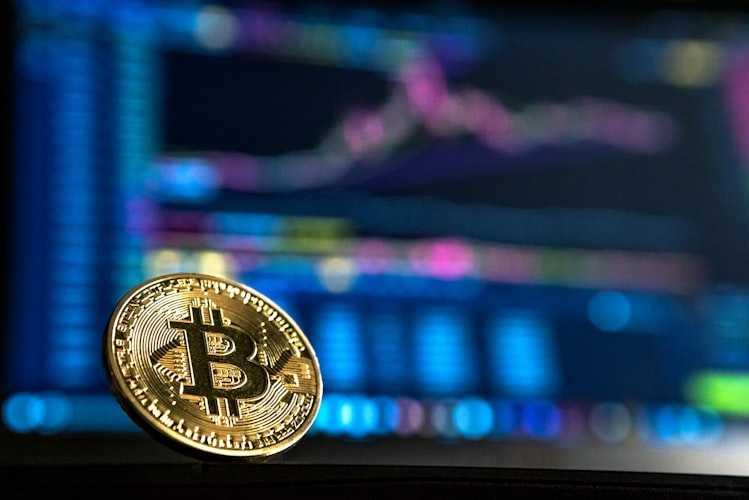The Idea of Libra Currency
The idea of Facebook's Libra, an attempt to create a new currency made from the architecture that powers Bitcoin, is that the value of new money is not derived from state authority, but a combination of mathematics, global connectivity, and trust that resides in people using Facebook.
107
641 reads
CURATED FROM
IDEAS CURATED BY
The idea is part of this collection:
Learn more about moneyandinvestments with this collection
How to find common interests
How to be a good listener
How to overcome social anxiety
Related collections
Similar ideas to The Idea of Libra Currency
The biggest winners of bitcoin
On January 3rd, 2009, a few months after the publication of the original whitepaper, the first lines of code were committed to the bitcoin blockchain by Satoshi Nakamoto. But Nakamoto vanished. No one has discovered who Satoshi was or is, though many have tried.
The initial idea of bitcoin...
The habit of shaking hands
Taking into account the current situation created by the new virus, disease experts state that we should all consider removing handshakes from our habits from now on, as they could only increase the chances of transmitting the virus. However, this decision is not so easy to be taken, as shaking h...
The idea of anti-fragility
It comes from Nassim Nicholas Taleb’s book Black Swan. The main idea is that many human-made systems are fragile. Something comes to stress the system, and it falls apart. Some systems are robust or resilient, which is much better than fragile.
Even better is the idea of b...
Read & Learn
20x Faster
without
deepstash
with
deepstash
with
deepstash
Personalized microlearning
—
100+ Learning Journeys
—
Access to 200,000+ ideas
—
Access to the mobile app
—
Unlimited idea saving
—
—
Unlimited history
—
—
Unlimited listening to ideas
—
—
Downloading & offline access
—
—
Supercharge your mind with one idea per day
Enter your email and spend 1 minute every day to learn something new.
I agree to receive email updates

